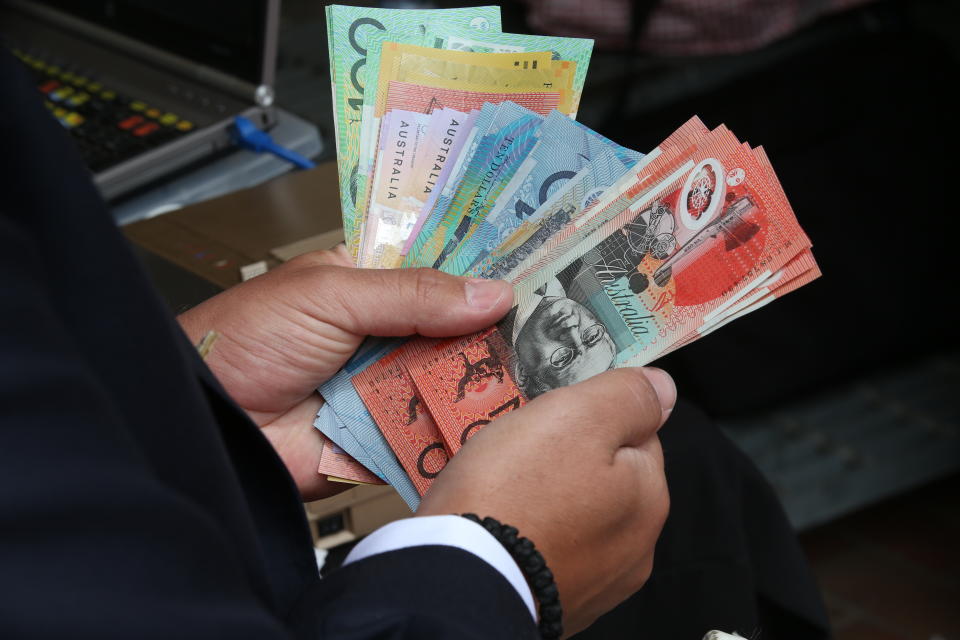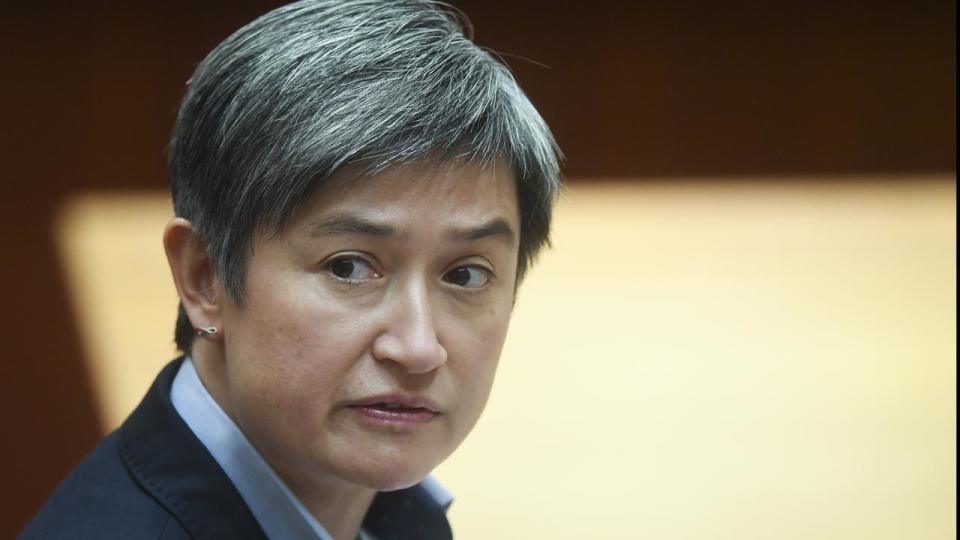What the income tax cuts mean for you
o
Workers will receive hundreds of dollars back in their pockets at tax time next year after Malcolm Turnbull’s full income tax cuts passed the Senate – but the biggest winners are our biggest earners.
The $144 billion, seven year, tax package passed through the upper house on Thursday, with almost all of the crossbench supporting it, despite objections from Labor and the Greens.
“We want you to keep more of the money you have earned,” Prime Minister Turnbull told reporters in Canberra.

What are the income tax cuts?
The initial tax rebates will kick in on July 1, with the next set of changes coming into affect in five years. A third step will follow in 2024.
Treasurer Scott Morrison told parliament step three simplified and flattened the tax system by abolishing the 37 per cent tax bracket entirely, reducing the number of tax brackets from four to three.
“It’s a real plan, it’s a long term plan, it’s a plan that gives you the reward and incentive that you deserve, so you can keep more of what you earn, to do what you believe is most important for you and your family,” Mr Morrison said after the Senate vote.
In the Senate, Labor and the Greens voiced their anger about the way in which the government had shut down debate.
Labor’s Penny Wong said it was all about the Coalition’s “political timetable”, ahead of five by-elections on July 28, rather than sound policy or fairness.

What it means for low income earners
Under the first of three stages in the plan, low income earners will get tax relief of up to $530 a year from July 1, after an assessment of an individual lodged tax return.
Someone earning $30,000 would get a tax cut of $200 a year, while those earning $50,000 would be $530 better off.
From July 1 2022, there will be an increase in the existing low income tax offset from $445 to $645.
The 19 per cent tax bracket will also be increased from $37,000 to $41,000.

What it means for medium income earners
From July 1 this year, workers earning $85,000 will be $530 richer per year under the plan.
The 32.5 per cent tax bracket will also be lifted from $87,000 to $90,000.
What it means for high income earners
The highest earners will get thousands of dollars back every year once a third round of cuts takes effect in 2024.
From July 1 this year, those making $120,000 will receive a $215 tax cut per year.
Our highest earners, those bringing in $200,000, will receive a $135 tax cut per year. In six years, that tax rebate will jump to $7,225 a year.
From July 1 2022, there will be a further lift to the 32.5 per cent tax bracket, from $90,000 to $120,000.
This threshold will be further increased from $120,000 to $200,000 from July 1, 2024.
Final stage plan controversy
In seven years the most controversial cut will kick in, which benefits people earning up to $200,000.
On July 1 2024, the tax system would be flattened so that everyone earning between $41,000 and $200,000 would pay the same rate of tax.
That equates to about 94 per cent of taxpayers who would pay 32.5 per cent tax or less.
Labor, the Greens and Independent Tim Storer voted against the tax package, arguing the cuts were unfair because they are too generous to high-income earners.
Labor has pledged to repeal the final stage of the plan if it wins government at an election due by May 2019.


